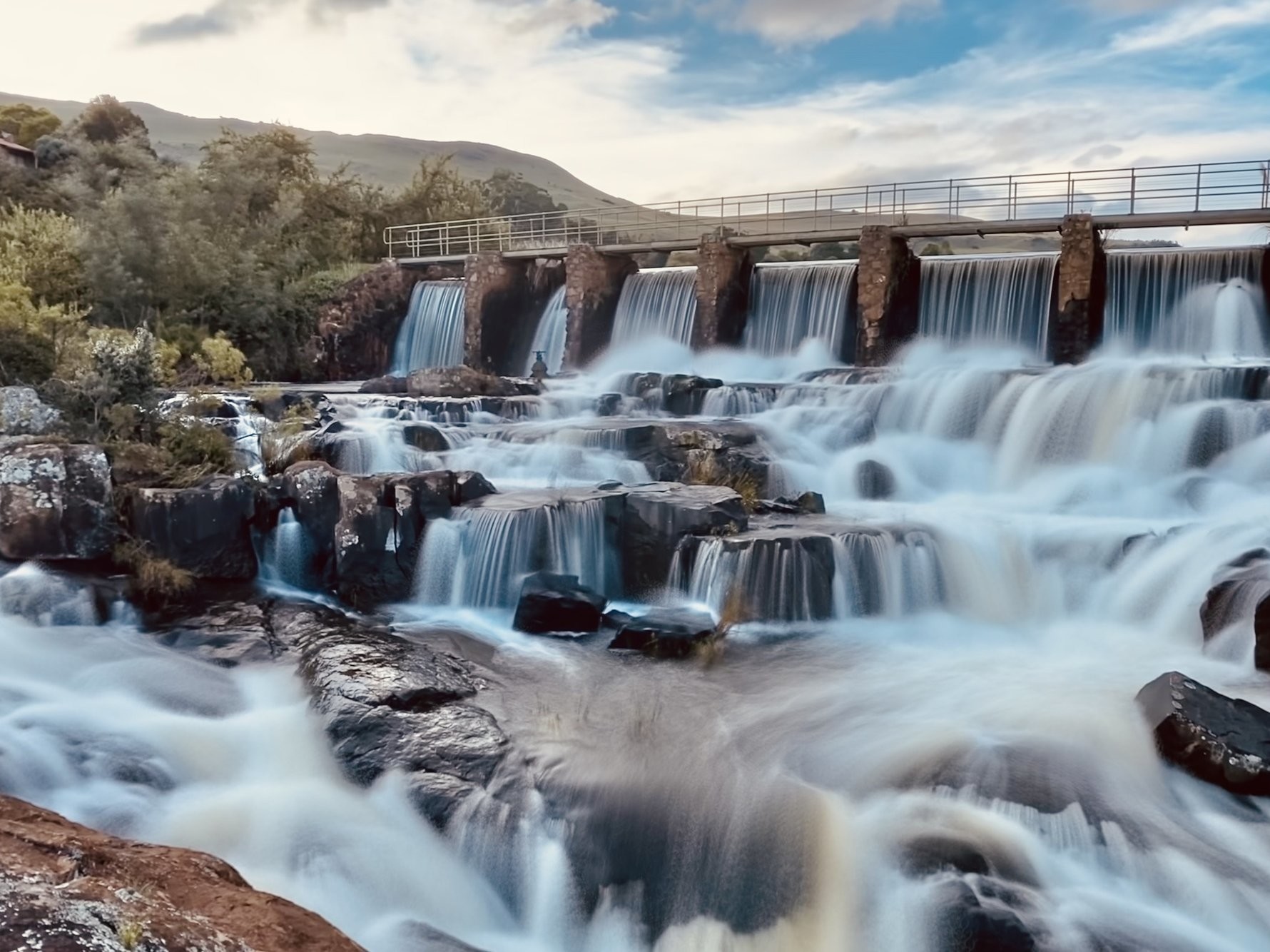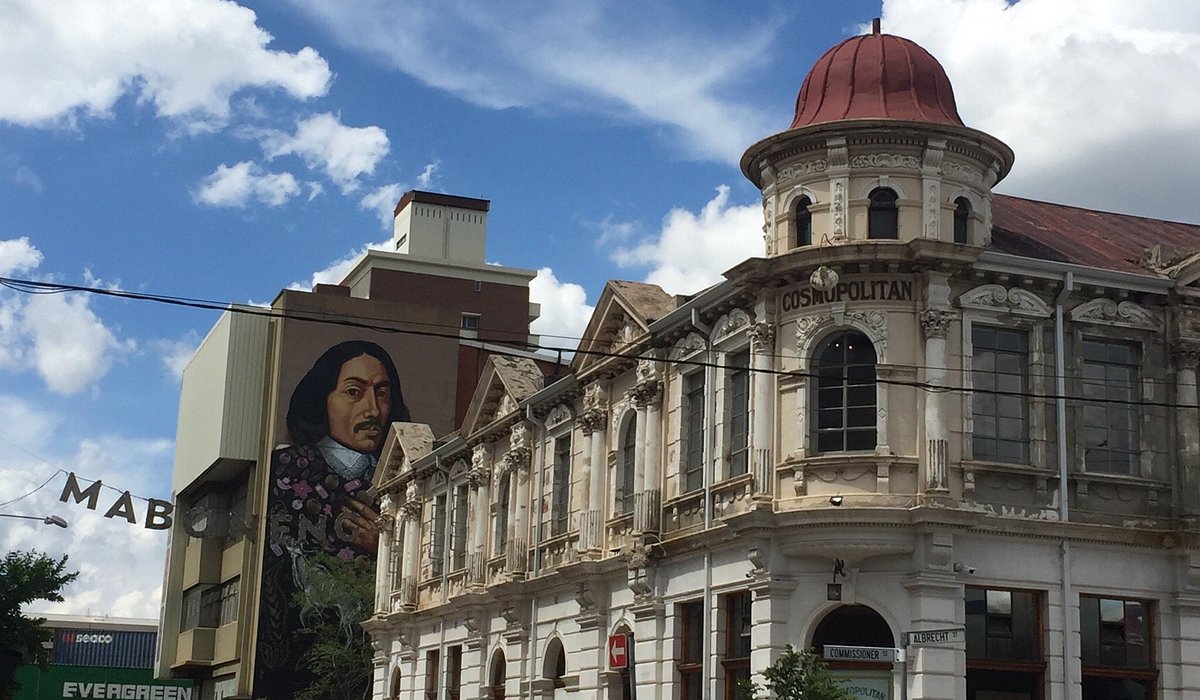Some Known Facts About Johannesburg North Attractions.
Some Known Facts About Johannesburg North Attractions.
Blog Article
Unknown Facts About Johannesburg North Attractions
Table of ContentsThe Greatest Guide To Johannesburg North AttractionsWhat Does Johannesburg North Attractions Do?All About Johannesburg North AttractionsThe Main Principles Of Johannesburg North Attractions Getting My Johannesburg North Attractions To WorkIndicators on Johannesburg North Attractions You Should Know
The city grew on the edge of the Witwatersrand Main Reef, a subterranean stratum of gold-bearing quartz-silica conglomerate that arcs for hundreds of miles under the Highveld - Johannesburg North attractions. Many of the gold mines in the city discontinued procedure in the 1970s, but in its day the Witwatersrand gold market accounted for even more than 40 percent of the globe's annual gold manufacturing.Johannesburg has a pleasant climate. The city enjoys about 8 hours of sunlight per day in both winter months and summer season.
What rainfall the city gets falls practically exclusively in the summer season months, frequently in magnificent late-afternoon electrical tornados. Air pollution positions a considerable problem, specifically in the winter season months, when thermal inversions restrain the westward flow of air from the Indian Ocean. Contamination is most extreme in the densely settled Black townships on the city's periphery, where lots of homeowners still depend on coal for fuel.

Our Johannesburg North Attractions Diaries
The equilibrium of the city is inhabited by whites. Accommodation differs in personality and top quality.
Physical growth, although somewhat restricted by transportation, proceeded rapidly as migration to South Africa, and Johannesburg particularly, raised considerably. This issue was addressed in the 1930s when the auto was introduced in mass manufacturing to South Africa. Autos were, for the most part, constrained to the wealthy, and permitted them to relocate to the north of the city and commute into the centre.
A lot of inadequate residential areas were blended, with poor blacks and whites living together, although the rich residential areas were usually booked for whites.
The previous system of eleven numbered areas was reorganised in 2006. Marshalltown, as seen from the top of the Carlton Centre. The M1 and M2 run behind the buildings, and the southerly suburban areas prolong past the freeway border. The internal city of Johannesburg lies within the city's Region F. The approximated population of the area is 200,000, [] The number of individuals living in the internal city on an informal basis is unknown, as numerous are illegal immigrants. The majority of higher-income homeowners and white people have transferred to the northern residential areas and have been changed by lower-income black individuals. The joblessness, education and learning, and age profiles of the area are all unidentified, because of the difficulty of acquiring reputable info concerning the location.
Johannesburg North Attractions Can Be Fun For Everyone
Centred on the over at this website CBD, the region consists of the residential areas of Yeoville, Bellevue, Troyeville, Jeppestown, and Berea to the eastern. To the west it infects Pageview (Johannesburg North attractions) and Fordsburg. There are small industrial areas to the south, such as City West-Denver and Benrose. Around 800,000 commuters pass via the central city everyday, and it functions as a regional buying node for site visitors from the southerly suburban areas. Yeoville and Bellevue have a mix of apartment structures and solitary domestic units on small lots. The region is located on a mountainous divide that runs from east to west.

Johannesburg North Attractions Fundamentals Explained
The eastern residential areas are some of the earliest locations of Johannesburg, there are large neighborhoods of Jewish and other European histories, the bulk of the populace is English talking. There are 3 golf training courses as well as a number of safeguarded ridges with viewsites.
The location is mostly made up of old "matchbox" residences, or four-room houses built by the government, that were built to supply inexpensive holiday accommodation for black employees throughout apartheid. Soweto is an acronym, representing "South Western Townships". Street after road in this location is lined with matchboxes; nonetheless, there are a couple of smaller locations where flourishing Sowetans have built residences that are a lot more similar in stature with those in even more upscale suburbs.
Hostels are another prominent physical attribute of Soweto. Originally developed to house male migrant workers, lots of have actually been improved as dwellings for pairs and family members. The N1 Western Bypass skirts the eastern border of Soweto. The suburban area was not historically allowed to produce employment centres within the location, so nearly all of its locals are commuters to various other i loved this components of the city.
The 6-Minute Rule for Johannesburg North Attractions
The N1 Western Bypass links the northern residential areas with the north-western residential areas. The houses in the north residential areas are mostly official, with no considerable areas of informal click this housing, or housing that does not have an irreversible structure. This is an established location, there is a trend of land use modification from residential to business, particularly along main arterial roads and around well established nodes.
Roads to the eastern and west are less well created, as there are no freeways travelling in that direction. In the direction of the north border of the city, the density of growth reduces, leaving huge areas of undeveloped land around Midrand.
Getting My Johannesburg North Attractions To Work
The very first suburban area to the north of the central city is Parktown, which lies on a hill overlooking the central city and Hillbrow. It has lots of affluent locals and Edwardian-design estates, in addition to the Education and Clinical universities of the College of the Witwatersrand. The huge concrete Charlotte Maxeke Johannesburg Academic Hospital controls the skyline of Parktown.
Report this page